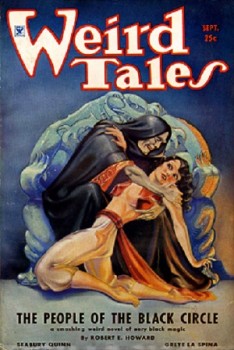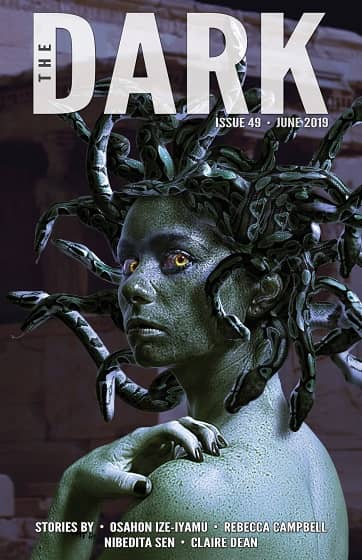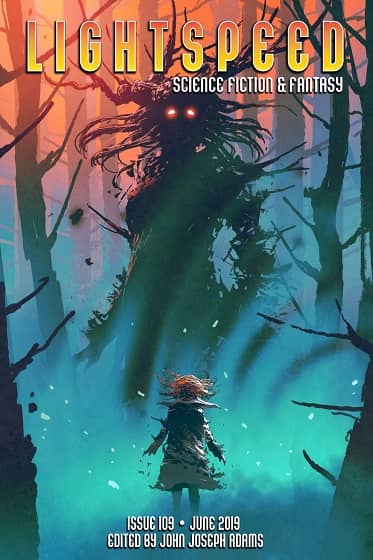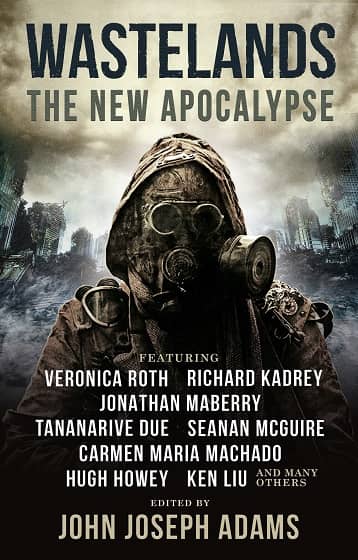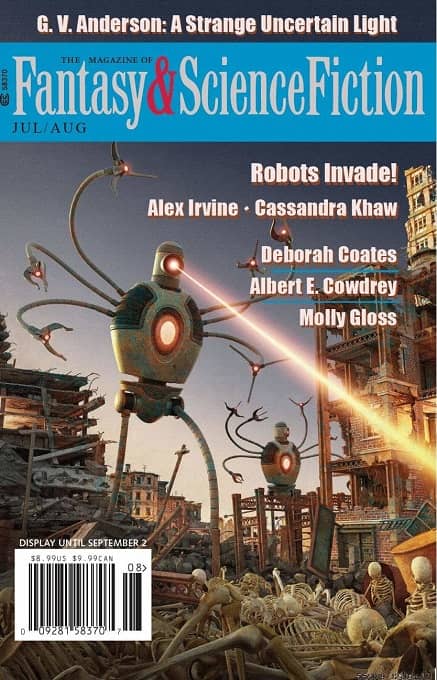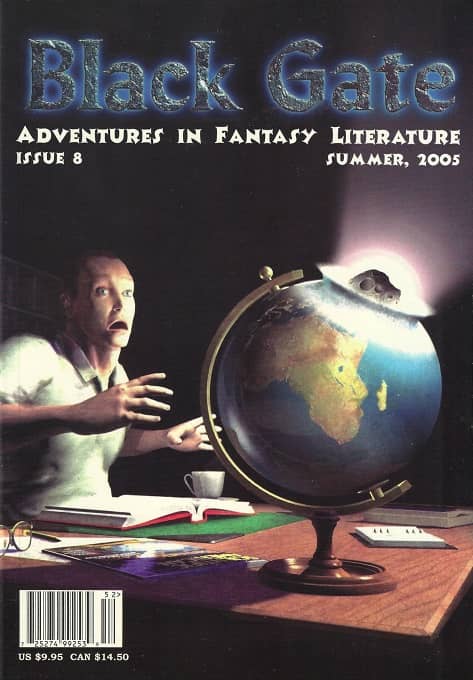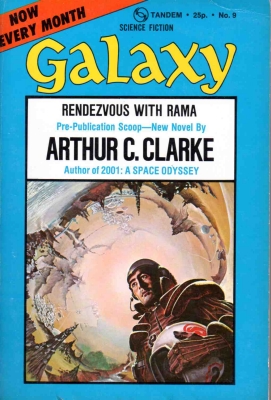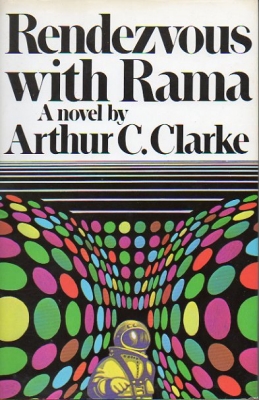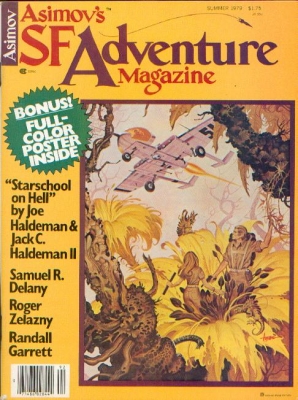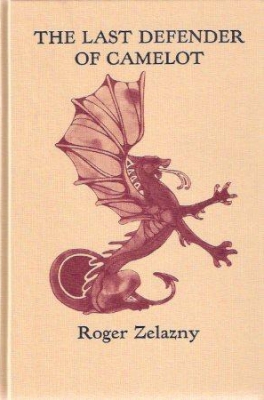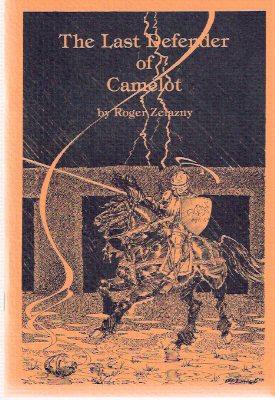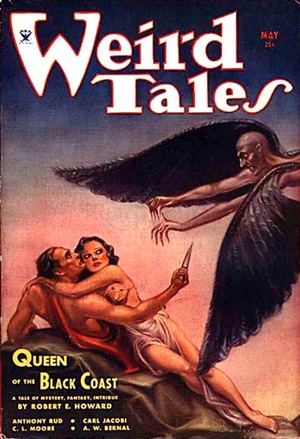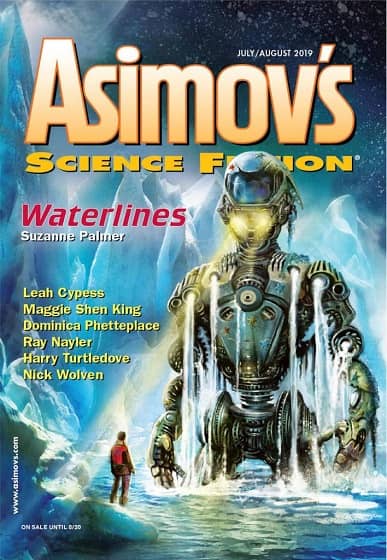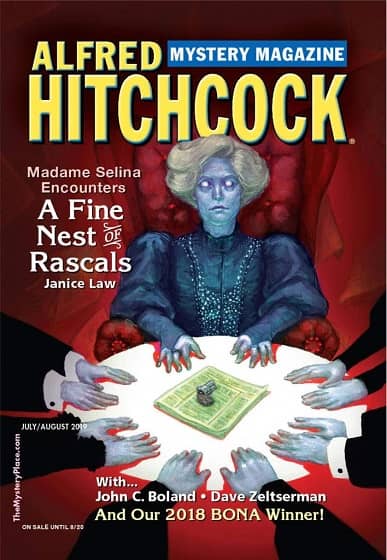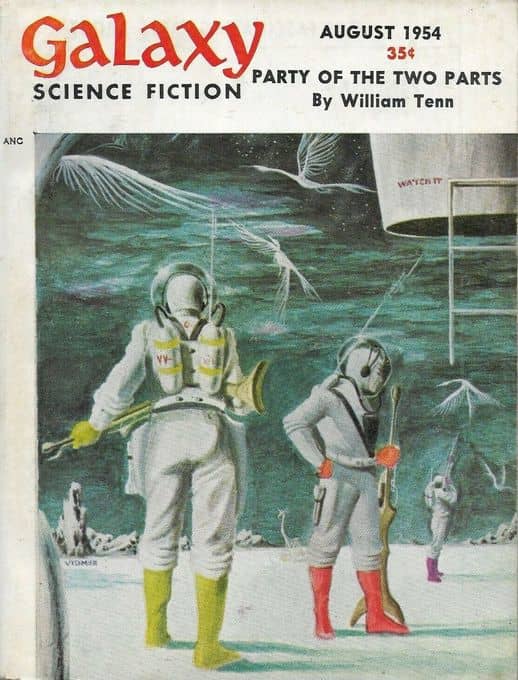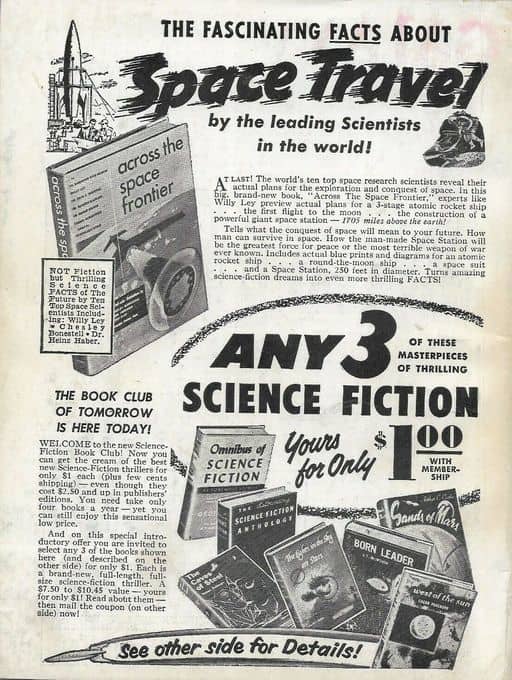A Letter from the Mighty Skull
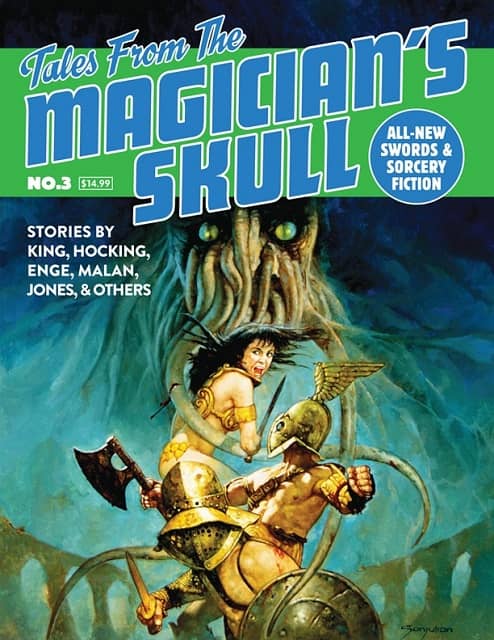 |
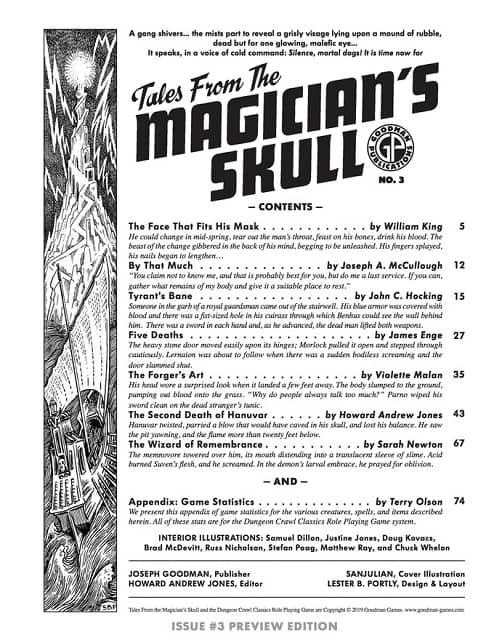 |
Cover by Sanjulian
There’s been lots of buzz about the Tales From the Magician’s Skull Kickstarter here in the Black Gate offices. The first two issues — packed with sword & sorcery stories by James Enge, John C. Hocking, Chris Willrich, Howard Andrew Jones, C.L. Werner, James Stoddard, and Violette Malan — were a huge hit both with our staff and our readers. The brand new campaign to fund the third and fourth issues of the magazine wraps up this week, and it’s already been a huge success, more than quadrupling the stated goal of $7,500. There’s still time to pledge (and get the next two issues at a great price in the process).
Rumors were going around the office that if, using the usual arcane methods, you posed a question to the mighty Magician’s Skull before the campaign ended on Thursday, he would deign to answer (or perhaps destroy you — the specifics were lacking). You don’t get an opportunity to consult an ancient and powerful demigod like the Skull often, so I decided to chance it. It took longer than I thought to find a one-eyed toad, tie a note around his neck, and lower him into that well at midnight, but it paid off. This morning a pair of vultures delivered a parchment smelling of sulphur to my back window. Here’s what was scribbled on it.
HEED ME, MORTAL DOGS!
Dare you ask why you should support my magazine? If you crave the finest of all fiction, which is sword-and-sorcery, then you should be well pleased by what I have wrought!
Last year I launched two glorious issues overflowing with thrilling adventures in time-lost lands. Now I have decreed that the magazine is to continue! My newest Kickstarter extends my vision for four more issues, and beyond! There was rejoicing in the streets at this announcement, and the Kickstarter funded upon its first day!
